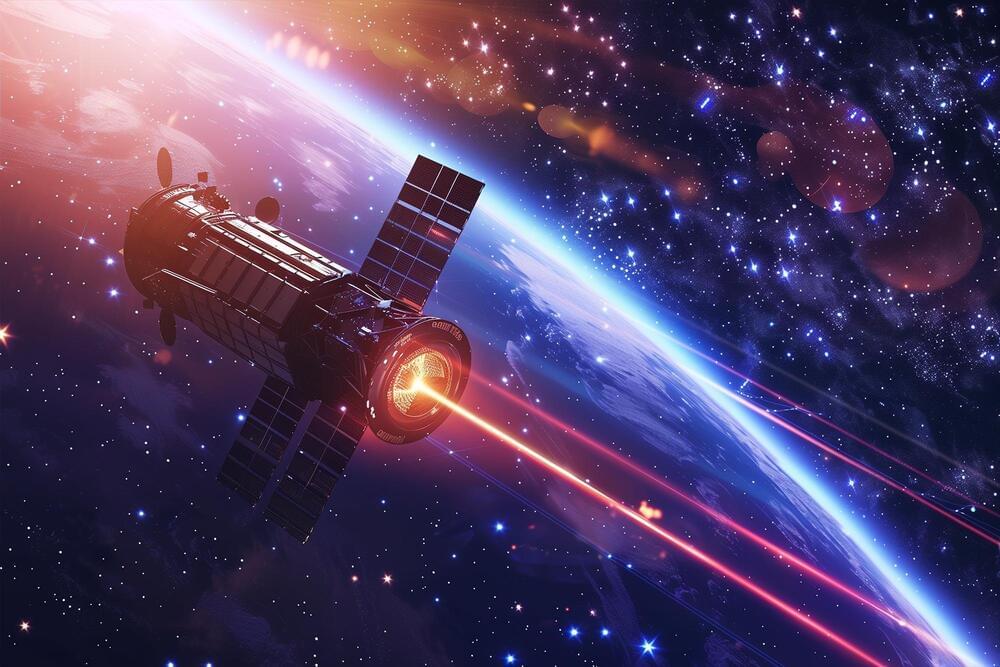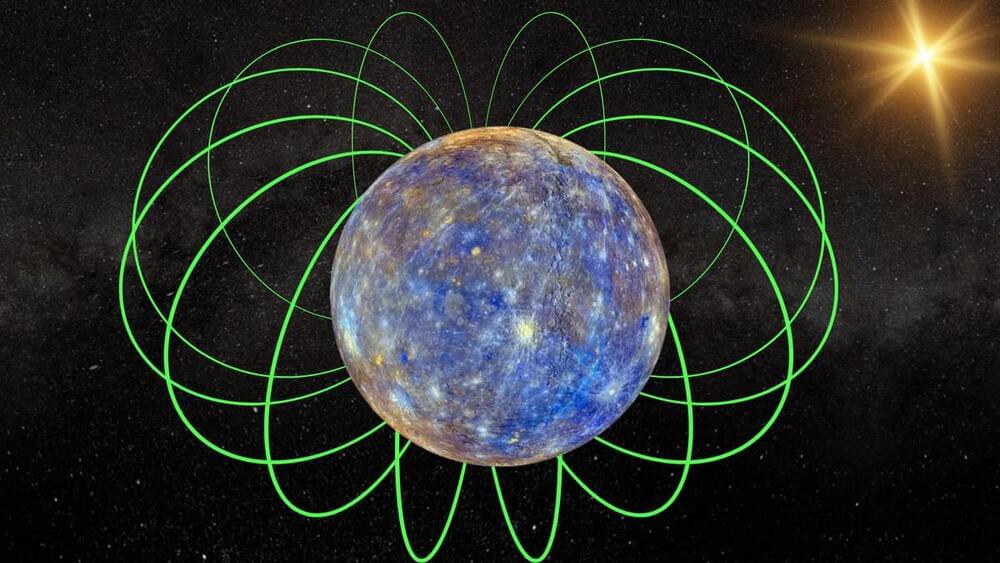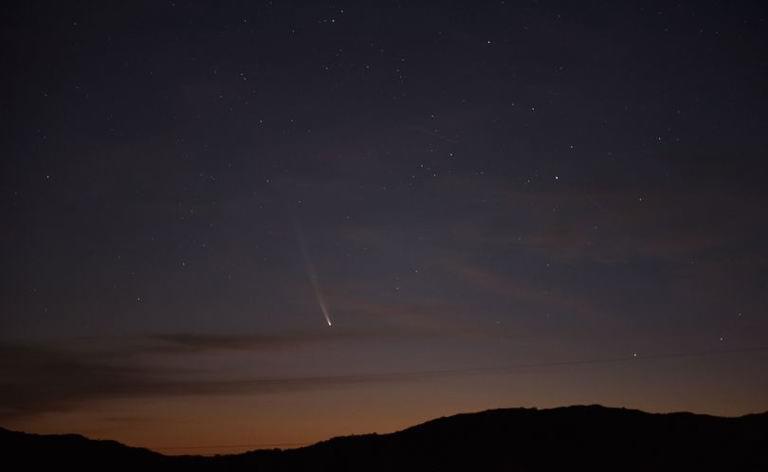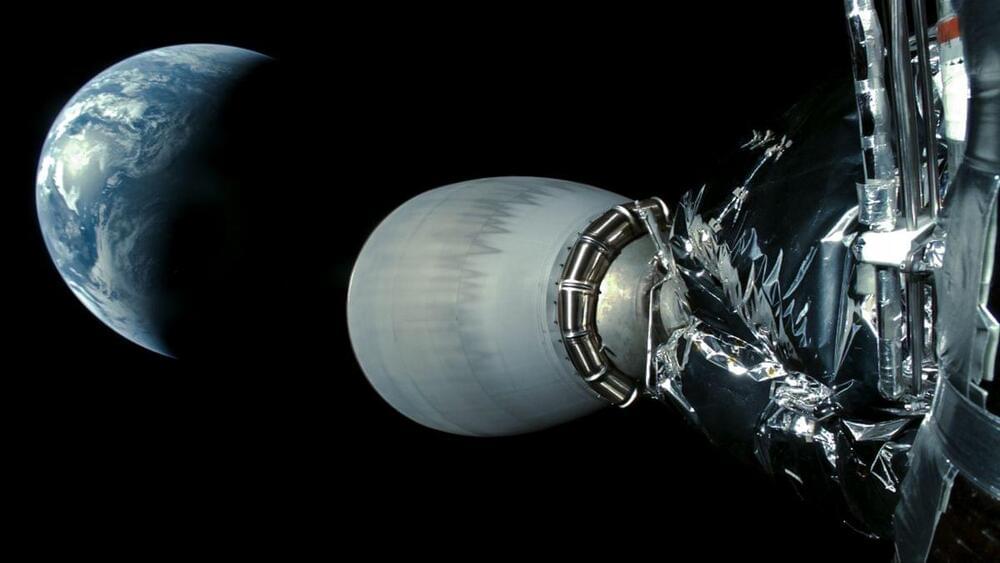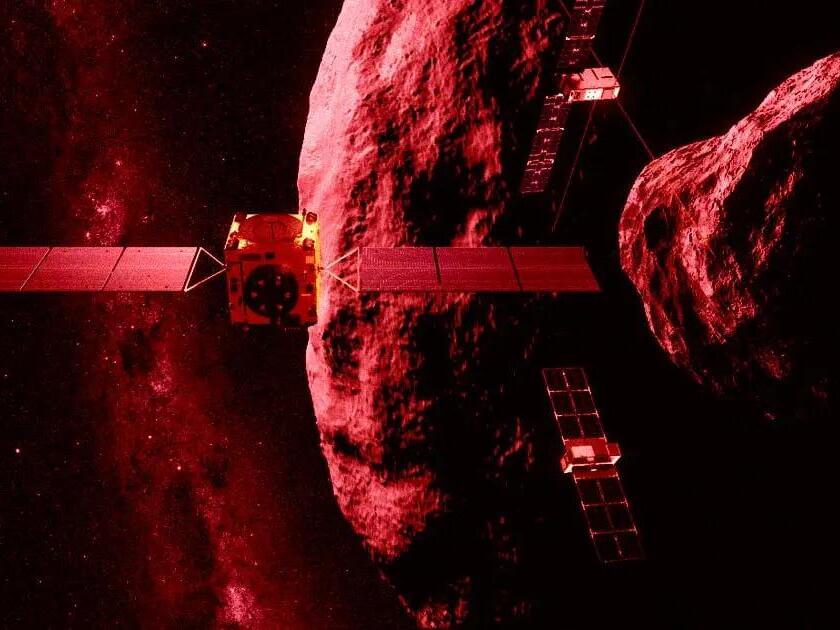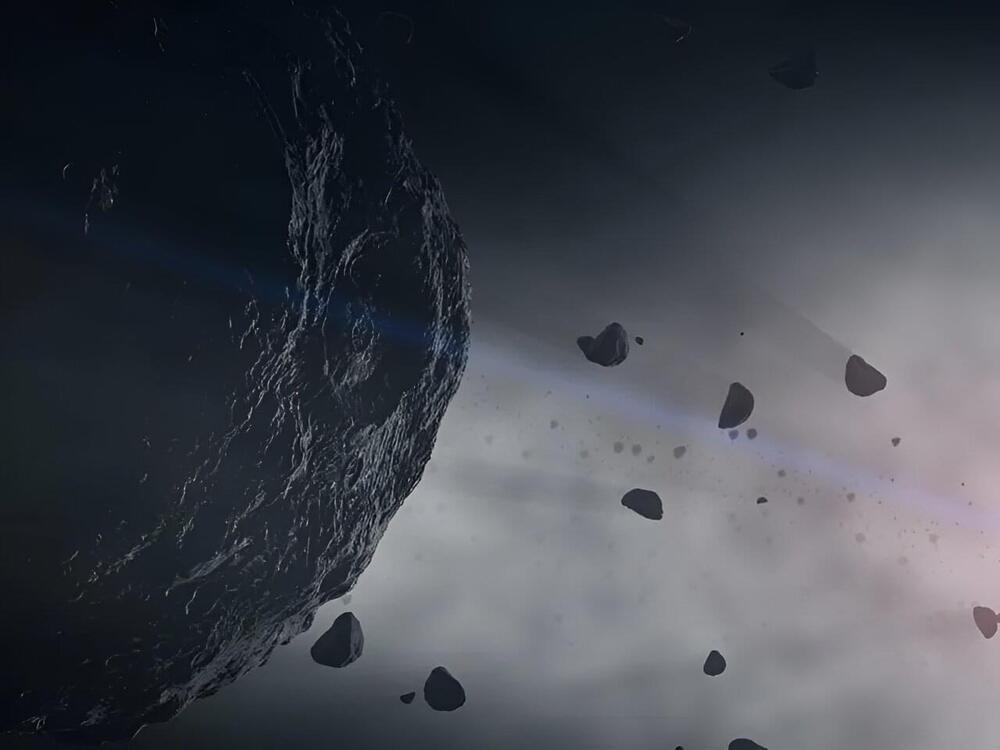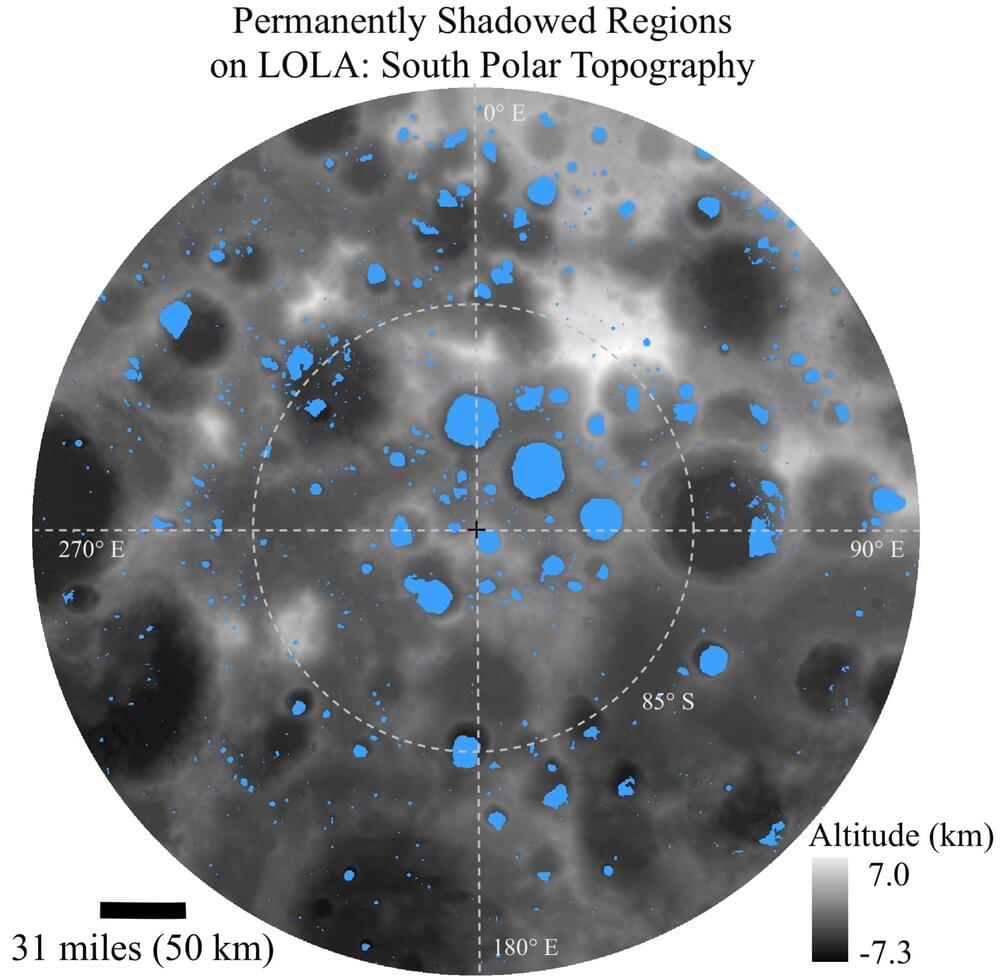High-speed free-space data transmission could improve connectivity for space missions.
Researchers at ETH Zurich have achieved record-breaking data transmission speeds using plasmonic modulators, promising advancements in space communication and potential global high-speed internet access. With speeds potentially reaching 1.4 Tbit/s, this technology could change how the world connects.
Scientists have achieved data rates as high as 424Gbit/s across a 53-km (33-mile) turbulent free-space optical link using plasmonic modulators—devices that use special light waves called surface plasmon polaritons to control and modify optical signals. This new research establishes the foundation for high-speed optical communication links that transmit data through open air or space.
